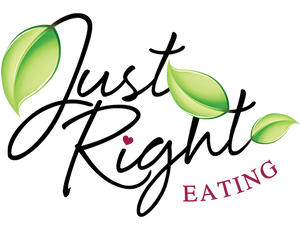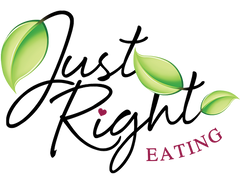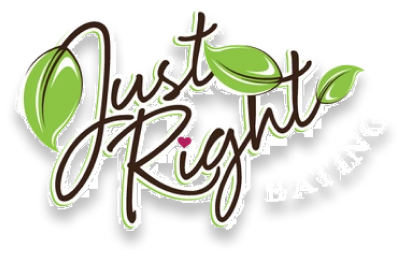Sodium
You can consume too much sodium and too little. I will explain.
Sodium is a mineral that contributes to various functions in the body such as regulating the balance of water in the body, maintaining normal heart rhythm, muscle contraction, brain function. Sodium also has an important role in absorption of chloride, amino acids, glucose and water.
On the flip side, excess sodium can also cause water retention leading to hypertension (high blood pressure), increased risk for stroke, heart failure, osteoporosis, and stomach cancer and kidney disease.
At one point, the medical industry suggested reducing sodium intake would reduce risk of heart problems, but they are rethinking this approach. Not that reducing salt intake for some individuals isn't beneficial. They are suggesting that consuming a more nutritious diet all around, rather than simply eating lower-sodium versions of processed foods, may be the healthiest approach. Fruits and vegetables are high in potassium, an electrolyte that helps balance out sodium levels.
The daily recommendation of salt intake is 2300mg and under, 1500mg if you have high blood pressure or a heart condition, suggested by the American Heart Association. On average, Americans consume 3.5 to 5 grams of sodium per day, which is double the recommended daily amount.
“A person with normal kidneys excretes excess sodium and can handle very wide variations,” says Michael Alderman, MD, professor of epidemiology and population health and of medicine at the Albert Einstein College of Medicine in New York City.
Lowering sodium intake can lead to dizziness and can lower blood pressure, sometimes to levels that are too low. If you sweat a lot doing extended cardio workouts, you may want to avoid low salt intake and needn’t worry too much about salting food.
If you are a regular exerciser who eats lots of potassium-rich foods, you may even have more leeway. All plant foods contain potassium, but potatoes, bananas, avocados, pinto and kidney beans, acorn squash and artichokes are especially packed with potassium.
You can monitor your sodium intake by knowing where your sodium hides. Processed foods, canned foods, packaged foods, some frozen foods, and restaurant foods have a surprising amount of sodium. Here are a few examples. There is 1520 mg of sodium contained in a 6 inch Spicy Italian sandwich and 1080 mg in a Philly Cheese Steak Salad from Subway. At Lone Star, there is a lettuce wedge that has 818 mg, which is approximately 40% of your daily recommendation. The Mediterranean Salmon Salad from the St. Louis Bread Company holds 1530 mg. These are all good examples of how much sodium you are eating when you dine out – and that’s in just one meal. Imagine that if you eat out you will most likely consume a day’s worth of sodium in just that one meal, not including the rest of the food or drink you may consume during the day.
Eating an excess amount of sodium can show up on the scale as weight as well. An excess of sodium or salt induces water retention, water weighs, and that’s what will show up on the scale.
When it comes to planning your next meal, be sure to check the nutritional facts. It’s important to know what and how much sodium you are consuming every day. This can help you maintain a nutritional diet and lifestyle and boost your energy.
p.s. Have faith that we have provided you with right amount of sodium and the nutritious foods so that you are eating "Just Right"



